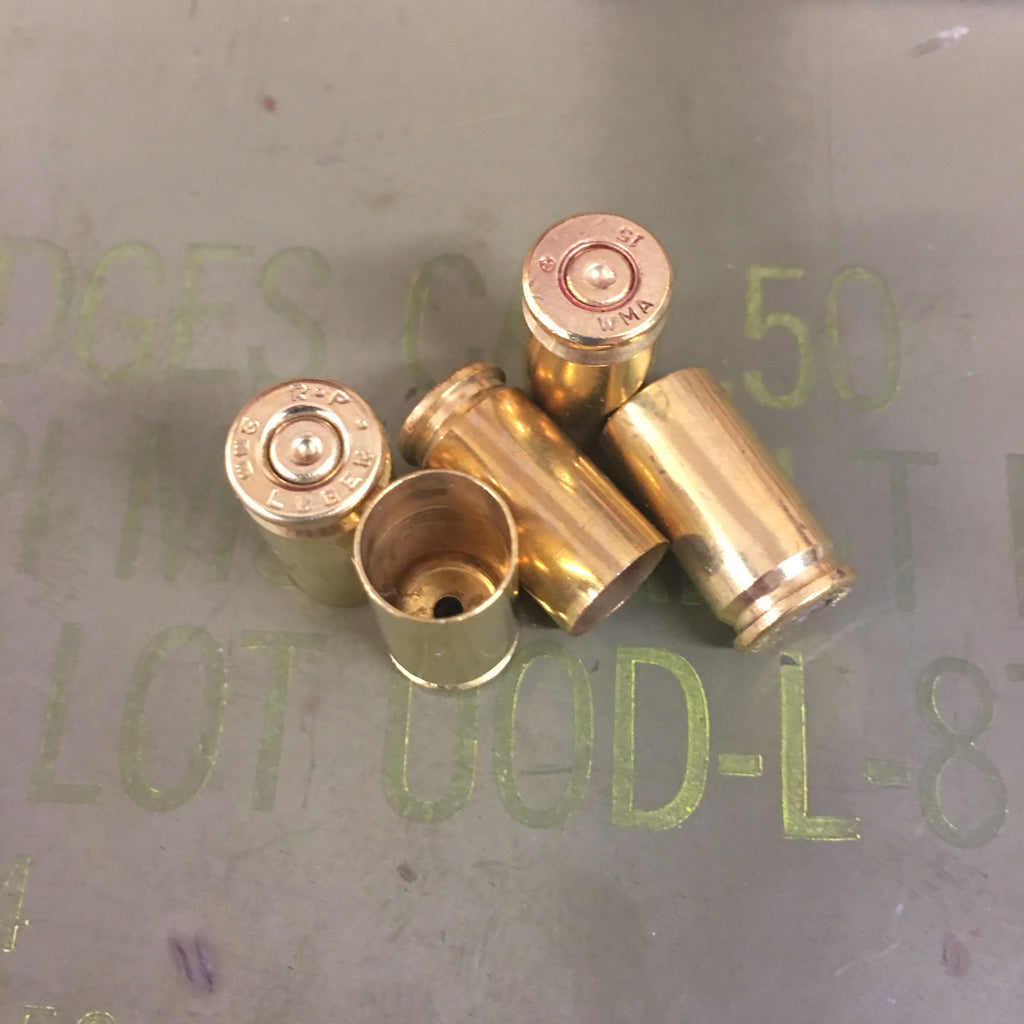
True Velocity’s cases are manufactured using state-of-the-art equipment, most of which is automated. The case can be tightly controlled during manufacture and does not transfer heat like brass does. True Velocity’s ammo consists of a polymer case and a steel case-head insert. By molding rather than drawing the cases, True Velocity claims it can produce superior dimensional consistency, both inside and out, to any brass case on the market. With today’s bullets, primers and powder, brass is often the weak link in the chain.īy eliminating brass from this equation, True Velocity is able to build incredibly consistent ammo, and when it comes to reliably hitting the target, consistency is everything. Quality, strength and dimensional characteristics can vary wildly. The quality of the end product can vary based on the materials, processes and specifications used in production. In most cases, the brass is annealed after each step in the forming process. The traditional method of producing brass involves drawing batches of raw material through progressive dies, punches and trimmers until the case meets its proper dimensions. That’s where True Velocity’s technology comes into play. To accomplish this, we want the case to be as straight and consistent as possible, and we want the material to flex appropriately when fired. In order to do those things well-to produce accuracy downrange-is where the wheat is separated from the chaff. The case encapsulates the propellant, holds the primer, secures the bullet and obturates to seal the cartridge into the chamber as it is fired. Let’s begin by discussing what a cartridge case is. Polymer-case ammunition is here, and the results are impressive.

The result is an innovative product that is already having a big impact on both the military and civilians. Brass has served us well for decades, but is it really the best material for the job?Ī company called True Velocity Ammunition decided to push back against the conventional wisdom that has permeated the ammunition world for years. The material is so synonymous with cases that the term “brass” will be forever part of the shooter’s lexicon. One of them is the excellent LuckyGunner test.Since the latter days of the Civil War, most of the world has used brass cartridge cases for centerfire and rimfire ammunition. Here are two excellent articles regarding the issues with steel cased ammunition that I always recommend. Keep in mind that it is going to foul pretty quickly with steel cased ammo. Also, make sure to keep your chamber clean. If the gun is broken in first with brass cased ammo this helps seal the gas system somewhat which will make the lower powered steel cased ammo work a bit better. Another problem with steel cased ammo is a lot of it seems to be somewhat underpowered which can cause short stroking issues. So if you are going to use steel cased ammo I recommend breaking the rifle in with decent brass cased ammo first. Then the brass case expanding normally really sticks to the carbon left behind in the chamber. It is even worse if you fire a bunch of steel cased ammo then fire brass cased right behind it in a dirty chamber. Sometimes these cases will stick so severely that it is difficult to remove them even with a cleaning rod. This causes carbon build up between the case and the chamber wall. The other problem with steel cased ammo is that the cases don’t expand the same way that brass cases do. With steel cased ammo the groups were all over the place at 6,000 rounds with many bullets tumbling and key holing. In testing done by LuckyGunner Labs, rifles using Federal brass cased ammo were still shooting decent groups up to 10,000 rounds. Most if not all of this ammo uses a copper coated steel jacketed “bi-metal” bullet which increases wear on the barrel. If used exclusively however it will reduce the barrel life by about 4,000-5,000 rounds.



While I don’t generally recommend steel cased ammo, it’s not going to hurt your rifle in limited amounts. With ammunition in short supply and good ammo priced very high, many people are buying cheaper steel cased, bi-metal jacket ammunition from Wolf, TulAmmo, Herter’s, etc. Pretty much daily I get the question “Is it okay to shoot steel cased ammo in my Windham Weaponry AR15?”


 0 kommentar(er)
0 kommentar(er)
